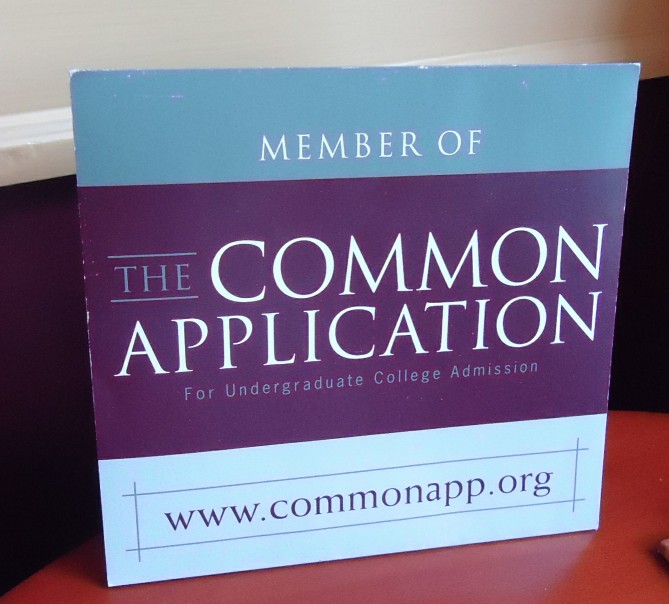Over the past few decades, teachers unions have found themselves under intense scrutiny, particularly from conservative circles. Many will recall when former Wisconsin Gov. Scott Walker signed the legislation known as Act 10 into law in 2011, effectively limiting long-held bargaining rights for teachers, leaving them feeling dismissed and unprotected. Beyond this specific instance, Act 10 symbolizes broader challenges for teacher unions nationwide.
The challenges teachers unions have experienced over the past decade emphasize their vital role in ensuring fair treatment, job security and quality education. Through collective efforts, they foster an environment that benefits both educators and students.
While it’s obvious that teachers unions can result in better wages and working conditions for teachers, the immense benefits they bring to students often go unnoticed.
For one, students do better in schools with teachers unions. According to data from the School and Staffing Survey and the Stanford Education Data Archive, the presence of unions positively impacts student’s standardized test scores. For example, one examination found that before 2011, the average test scores gradually increased over time. After 2011, however, the marginal increase in test scores either slowed down or somewhat decreased in Wisconsin, suggesting that Act 10, which limited teachers unions, may have contributed to this decline.
Stronger teachers unions mean more funding for schools and resources for students. A University of Michigan study found that in districts with strong teacher unions, state money allocated for schools went directly towards resources for students and teacher compensation, leading to greater advances in student achievement. In states with weak unions, a significant portion of state funds earmarked for schools went towards cutting local property taxes instead.
Besides benefiting students academically, teachers unions have also advocated for students in many different ways. On March 8, 2022, Minneapolis teachers went on strike for better mental health resources for students. This teachers’ union sought to reduce caseloads for special education teachers, social workers, school psychologists and counselors to ensure that students who need help receive individualized attention. This proved successful as it resulted in the union reaching a tentative agreement with Minneapolis Public Schools, helping students get the mental support that they need to succeed.
This is not to say that unions are blameless. But attributing the entirety of educational challenges to teachers’ unions oversimplifies the complicated landscape of issues faced by schools. Financial constraints, outdated teaching methods and societal inequalities all contribute significantly to these challenges observed in our schools. Only focusing on unions hides the need for a more comprehensive approach to address the diverse factors contributing to the struggles in our education system.
While critics emphasize operational challenges, it’s crucial to place these concerns within a broader context. With all the debate around schools, power and reform, one thing stands clear: Teachers unions do not cause our education system to fail. Instead, we should focus on the persistent nationwide educator shortage which unions may be key to addressing by continuing to protect our nation’s educators.














![[DEBATES] Prestigious colleges: value or hype?](https://www.mvviewer.org/wp-content/uploads/2024/12/buildings-1200x654.png)































![[OPINION] The dark origins of TikTok's looksmaxxing trend](https://www.mvviewer.org/wp-content/uploads/2024/02/Copy-of-Copy-of-Untitled-Design-1200x675.png)












J. Wojo • Feb 23, 2024 at 1:59 am
Wow talk about a biased report! First of all, look at who did the survey. What a joke! Stanford is one of the most liberal, woke educational institutions we have. I wouldn’t trust any survey or poll results from them. This is nothing but a fluff piece trying to get people to forget about how badly the teachers and their union failed kids during Covid as we come up on an election year.